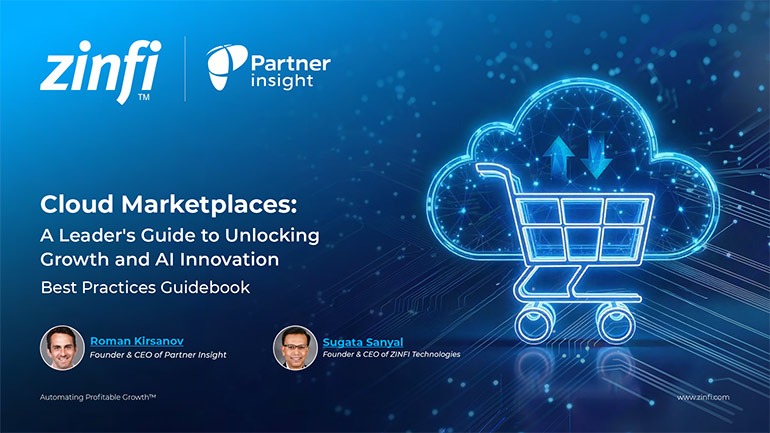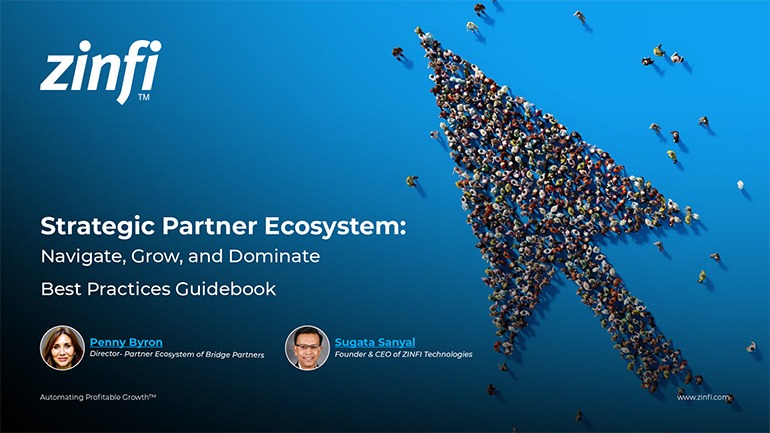Glossary - What is - Partner Ecosystem Assets
What is a Partner Ecosystem Asset?
A partner ecosystem asset refers to any resource that contributes to developing, maintaining, and expanding a business’s partner network. These assets include, but are not limited to, software tools, marketing materials, training programs, and shared data. These components play a critical role in facilitating collaboration and enhancing the performance of channel partners within a company’s ecosystem.
Partner Ecosystem Assets are foundational for creating a synergistic environment where various partners can effectively collaborate and contribute to mutual growth. Partner management automation heavily relies on these assets to streamline processes, enhance communication, and measure the performance of different partnerships. Through automation, companies can maximize the efficiency and effectiveness of their partner ecosystems by ensuring that all necessary resources are optimally utilized and accessible.
Key Takeaways
- Asset Integration: Proper integration of partner ecosystem assets can significantly enhance channel partner performance. By ensuring that all assets are seamlessly integrated into a centralized partner management platform, businesses can provide their partners with easy access to necessary tools and information. This integration supports efficient onboarding, continuous training, and real-time performance tracking. Relevant information can be found at ZINFI’s Partner Management Solutions page.
- Asset Optimization: To maximize the effectiveness of a partner ecosystem, assets should be regularly reviewed and optimized. This includes updating training programs, refining marketing materials, and enhancing collaborative tools. Optimization ensures that partners always have the best resources, fostering a competitive and agile partner network. Download the Partner Management best practices guidebook.
- Scalability through Automation: Automation plays a pivotal role in scaling the use of partner ecosystem assets. Businesses can allocate more resources to strategic activities such as market expansion and partner engagement by automating routine tasks. Automation also helps maintain consistency and accuracy in the distribution and utilization of assets.
- Data-driven Asset Management: Leveraging data analytics to manage and refine partner ecosystem assets is crucial for informed decision-making. Data-driven insights can help identify the most effective assets and pinpoint improvement areas. This approach aligns asset management with strategic business goals. Details on data analytics in partner management can be found at ZINFI’s Analytics Solutions page.
- Community Building: Using partner ecosystem assets also fosters a sense of community among partners. Companies can cultivate a more engaged and cooperative partner network by sharing success stories, best practices, and collaborative achievements. This communal approach enhances asset utilization and strengthens partner loyalty and satisfaction. For more on community building, visit ZINFI’s Community Page.
Summary of Takeaways
The strategic integration, optimization, and management of partner ecosystem assets are essential for maintaining a robust partner network. When managed well through automation and data analytics, these assets enable businesses to scale their operations efficiently and foster a vibrant, cooperative partner community. Emphasizing continuous improvement and community engagement enhances overall ecosystem health and partner success.
Key Examples
- Automotive Manufacturing: In automotive manufacturing, partner ecosystem assets like dealer portals and OEM specifications help streamline production and distribution processes, enhancing collaborations across the supply chain.
- Consumer Electronics: Assets such as shared R&D tools and co-marketing platforms enable consumer electronics firms to innovate and go to market faster with new technologies.
- Energy Production: For energy producers, collaborative platforms that support regulatory compliance and project management are invaluable for maintaining efficiency and adherence to standards.
- Financial Services: Partner ecosystem assets like integrated CRM systems and compliance databases are crucial for managing client relationships and regulatory requirements in financial services.
- Food and Beverage: Shared logistics platforms and co-branding opportunities are critical assets in the food and beverage industry, enhancing supply chain efficiency and market reach.
- Healthcare Services: Ecosystem assets in healthcare often include shared patient management systems and collaborative research databases, which are crucial for improving care and accelerating innovation.
- Information Technology: IT companies leverage assets such as development platforms and cloud infrastructure to support partner integration and service delivery.
- Pharmaceutical Development: In pharmaceuticals, joint clinical trial platforms, and intellectual property sharing mechanisms are vital assets that drive innovation and speed to market.
- Retail Industry: Retail partners benefit from shared e-commerce platforms and customer data analytics tools, improving sales strategies and engagement.
- Telecommunications: Asset sharing in telecommunications includes network infrastructure and spectrum management tools essential for expanding coverage and enhancing service quality.
Conclusion
Partner ecosystem assets are pivotal for the growth and efficiency of modern businesses across various sectors. Companies can enhance their partner relationships and achieve strategic objectives by effectively integrating, optimizing, and leveraging these assets. The industry examples illustrate how versatile and vital these assets are in fostering innovation, improving productivity, and driving mutual success in diverse markets.
Associated Keywords:
- Partner Management Automation
- Channel Partner Performance
- Partner Ecosystem Optimization
















